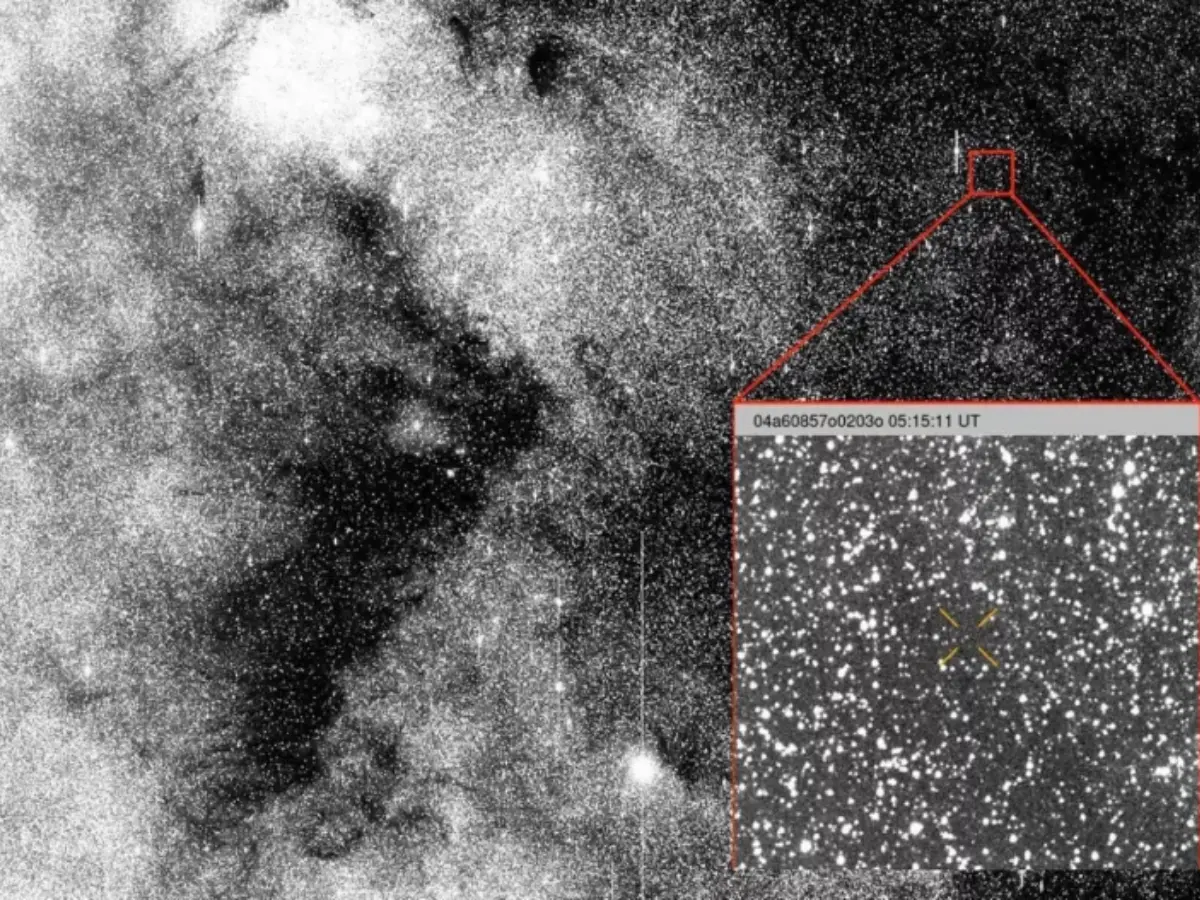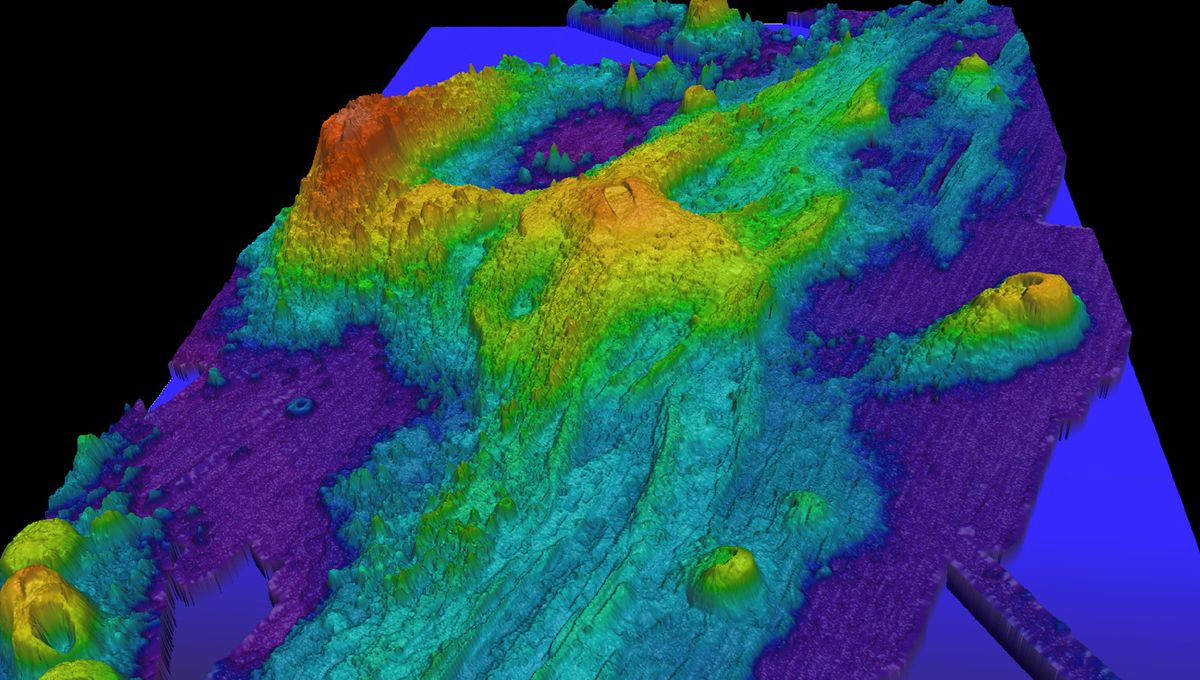Did We Just Discover an Alien Spaceship? The Shocking Claims of Professor Avi Loeb!

What if the secrets of the universe are right beneath our noses—or rather, soaring through our solar system? That’s the astonishing suggestion from acclaimed Israeli-American physicist Avi Loeb, who believes that a recently spotted interstellar comet might not be a comet at all, but rather an advanced alien spacecraft!
Loeb, a professor at Harvard University and a well-known figure in scientific circles for his provocative ideas about extraterrestrial life, has turned heads with his bold assertion regarding the interstellar object, designated 3I/ATLAS. This cosmic wanderer is only the third known interstellar object recorded in our solar system, detected on July 1 by NASA's ATLAS telescope in Chile. But what makes 3I/ATLAS so special? Well, Loeb argues that its trajectory, size, and behavior strongly indicate that it’s not a natural space rock.
Imagine this: the comet orbits the Sun within just 5 degrees of Earth's orbit. Loeb explains that the odds of such precise alignment occurring by chance are a mere 0.2 percent! That’s like winning the lottery twice in a row! Yet, despite Loeb's compelling argument, some experts are quick to quash his claims, asserting that there’s no solid evidence to suggest it’s an alien probe. Meanwhile, the comet is known to have traveled from another star system and is believed to be older than our own solar system, suggesting it might have taken billions of years to reach us!
But here’s where it gets even more intriguing: 3I/ATLAS is zooming through space at a staggering 60 kilometers per second. Loeb points out that no natural cosmic process would allow it to travel this way unless it was somehow directed by technology. “An alternative is that the object targets the inner solar system by some technological design,” he stated in an interview with MailOnline.
As if that’s not enough, the sheer size of this interstellar visitor raises even more eyebrows. Currently sitting 490 million kilometers from Earth, it measures about 20-24 kilometers in diameter, making it an astonishing 200 times larger than 'Oumuamua, another interstellar object that passed through our solar system in 2017. Loeb stresses that an object of this magnitude shouldn’t be able to make such a journey undamaged.
In fact, he has even penned a paper for the Research Notes of the AAS, where he delves into various scenarios that could allow such a massive object to reach our solar system. He calculated the potential number of objects of this size in the Milky Way and found it utterly baffling—there simply aren’t enough of these colossal rocks out there. This rarity adds to the mystery, making 3I/ATLAS stand out even more.
Loeb has dismissed the comet theory, arguing that without direct evidence of dust or gas emissions—things typically associated with comets—there’s no reason to conclude that this object behaves like one. Instead, he suggests that the object’s reddish hue could simply be a red herring!
So, could we be on the brink of discovering that we’re not alone in the universe? Or is this just another case of a scientist reaching too far into the realm of the extraordinary? One thing is for sure: the universe continues to baffle us, and Avi Loeb is at the forefront of this cosmic enigma.
























